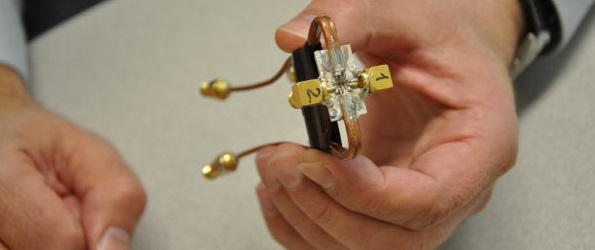
Researchers at University of California (UC) Riverside have developed a new ‘Holographic’ memory tool, which they claim could boost data storage capacity and data processing potential in electronic devices such as computers or mobile phones.
The new device uses ‘spin waves’ rather than optical beams, as they are attuned with the traditional electronic devices and could be operated at smaller wavelength compared to optical devices.
UC Riverside research professor Alexander Khitun said that the results open a new field of research, which may have tremendous impact on the development of new logic and memory devices.
The research also suggested that the holographic techniques developed in optics to magnetic structures could be feasibly applied to develop a magnonic holographic memory device.
Associated with images being generated via light, holography is a method-based on the wave nature of light allowing using wave interference between the object beam and the coherent background.
Researchers carried out experiments on a 2-bit magnonic holographic memory prototype device, in which a pair of magnets were lined up in different positions on the magnetic waveguides.






